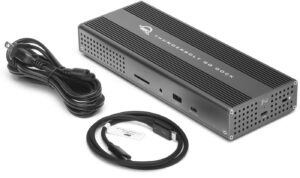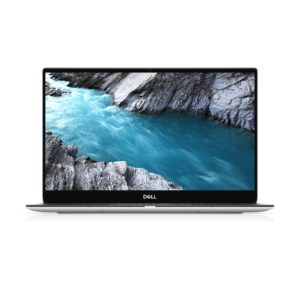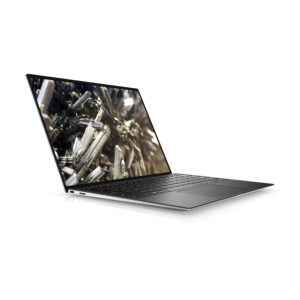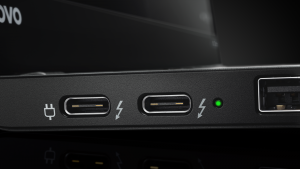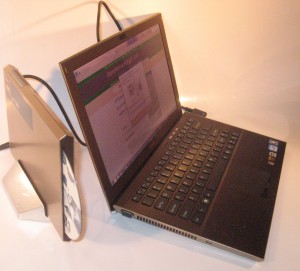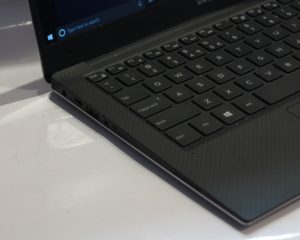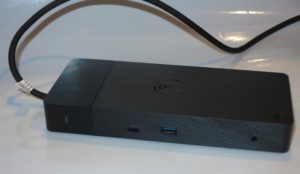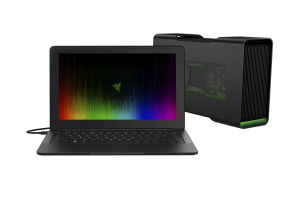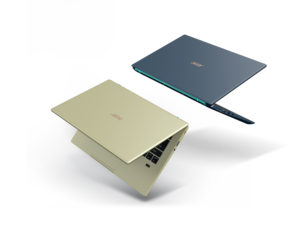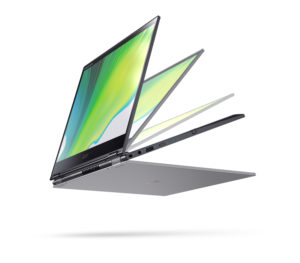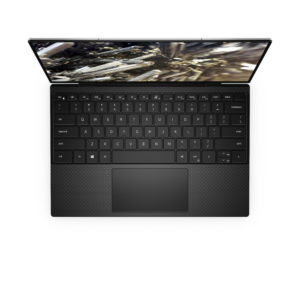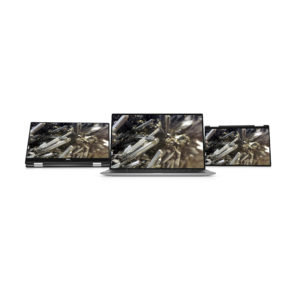The first USB-C or Thunderbolt dock with a built-in power supply
Article
OWC Thunderbolt Go Dock Review | TechRadar
From the horse’s mouth
OWC
Thunderbolt Go Dock (Product Page)
Product Video – Click or tap to play in YouTube
MacFixit Australia (Australian distributor)
OWC Thunderbolt Go Dock – Thunderbolt 4 – Macfixit Australia (Click to buy)
My Comments
OWC has come up with an impressive Thunderbolt 4 dock that has features that are out of the ordinary for this class of equipment. This is a unit that is compact enough to fit in one of the pockets of a laptop bag
Here, it can connect to a host computer device that uses a Thunderbolt 3/4/USB4 connection and has plenty of connections for other peripherals. There are two Thunderbolt 4/USB4/USB-C downstream ports, an extra USB-C port, three USB-A ports with two as USB3 ports, a 2.5 Gigabit Ethernet port, an HDMI port, a 3.5mm stereo line-out jack and an SD card reader.
The use of a 2.5 Gigabit Ethernet port on one of these devices is astounding because, along with the Thunderbolt connection, it means that the equipment is ready for wired networks that implement the next logical upgrade from Gigabit Ethernet. It can also be of relevance with newer network-attached-storage units that support this kind of Ethernet connection.
A feature that makes this Thunderbolt dock special compared to other Thunderbolt or USB-C docks is that it has a built-in power supply. That means you only need to use the kind of “figure-8” AC cord typically used to power something like a boombox. This is compared to the other docks that are powered by a wall-wart or power-brick AC adaptor. I suspect this has come about due to GaN technology that allows for a very small power-supply footprint in product designs.
This means it is easier to replace the AC cord if you happen to lose it or it becomes damaged. Also you are at an advantage when you travel overseas because you can use a “figure 8” AC cord with the destination country’s AC plug. Here, you may be able to use one of these cords that became spare due to a piece of equipment breaking down or could buy one from an electronics store or supermarket.
The power budget for this device is 90W upstream to the host computer and 15W downstream to the Thunderbolt / USB-C downstream connections. The standard USB-A connections are rated for 1.5A each. As well, the power supply works across the standard mains voltage ranges used in just about all countries, making this device really about travel.
OWC supplies an “ejector” package that safely releases all the secondary-storage devices that are connected to the host computer via the dock. Here, it is more about providing simultaneous ejection of all of the devices rather than requiring the user to go through each device to safely dismount each disk or SD card.
Windows and Linux users would also have to install a Realtek driver package for the Ethernet network functionality because there isn’t device class support in these operating systems for Thunderbolt network interfaces.
This concept could be taken further with increased power output across the USB ports or to support 12-24V DC as an alternative power input. That could then come in to its own with automotive, marine and aviation use cases where you have that kind of power comes out of an accessory-power / cigar-lighter socket or aviation EmPower socket. Such a use case could encompass tradespeople, digital nomads or others who work from the back of a van.
But what I see is the idea of a portable capable Thunderbolt or USB-C dock that doesn’t require you to worry about carrying a particular AC adaptor with it because it has its own power supply built in to it. This practice could become the way to go for newer premium Thunderbolt or USB-C docking stations and similar devices whether they are pitched for desktop use or on-the-road use.

